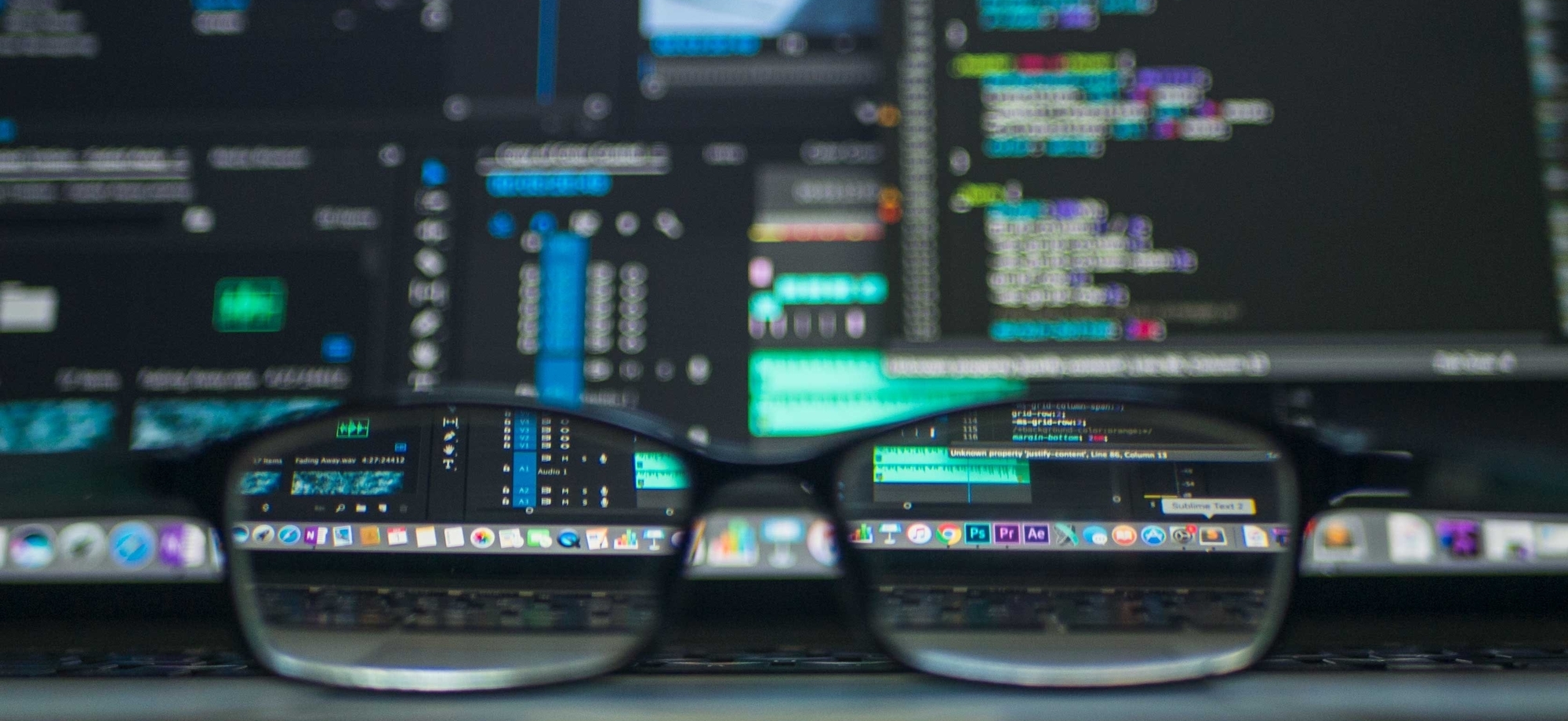The Human Element of Innovation in Security Tech
It should be no surprise to anyone in the security industry that technology has become much more sophisticated while also becoming more commonly adopted in physical security programs. While we’re excited to see the continual innovation we cannot forget the human element – security guards need to be trained and capable of harnessing the increased sophistication of the technology and understand how to make the best use of all of this new data at their fingertips.
This increased reliance on technically savvy guards is highlighted in a recent article “Looking to the Future” from SECURITY today in the following excerpt:
“Consumers today want access to all the information in a single interface, which allows for the association of complementary security data. As an example, if a cardholder presents an access control credential to enter an area, the access control system would show the name of the individual associated with the credential that had unlocked the door. The video system would display the person walking through the door. If the live video and the access control records are presented together in the same interface, a security officer would be able to see the person who walked through the door was not the person associated with the access credential.”
The businesses and organizations that are investing in the technology, like the example described above, are certainly moving in the right direction; creating more efficiencies by harnessing the data and analytics these systems can provide. However, we feel it’s important they also evaluate the capabilities of their security teams and/or security contractors. Can their security guards use their new tech enabled security features to their fullest extent? Have their security teams become more responsive as a result of the additional data and information, or have they let it go largely to waste?
In many environments from security operation centers to a security desk there can be an overabundance of data and information, much of it benign. Security guards and supervisors need to be able to prioritize all this information they’re receiving, quickly using that information to differentiate acceptable baseline activity from anomalous, risky, or suspicious activity and then implementing a response where necessary.
At Corporate Security Resources we saw this shift happening years ago and quickly ensured that throughout our hiring and training process that our security guards would have the skill sets to be empowered by the advancements in tech, rather than encumbered by it.






